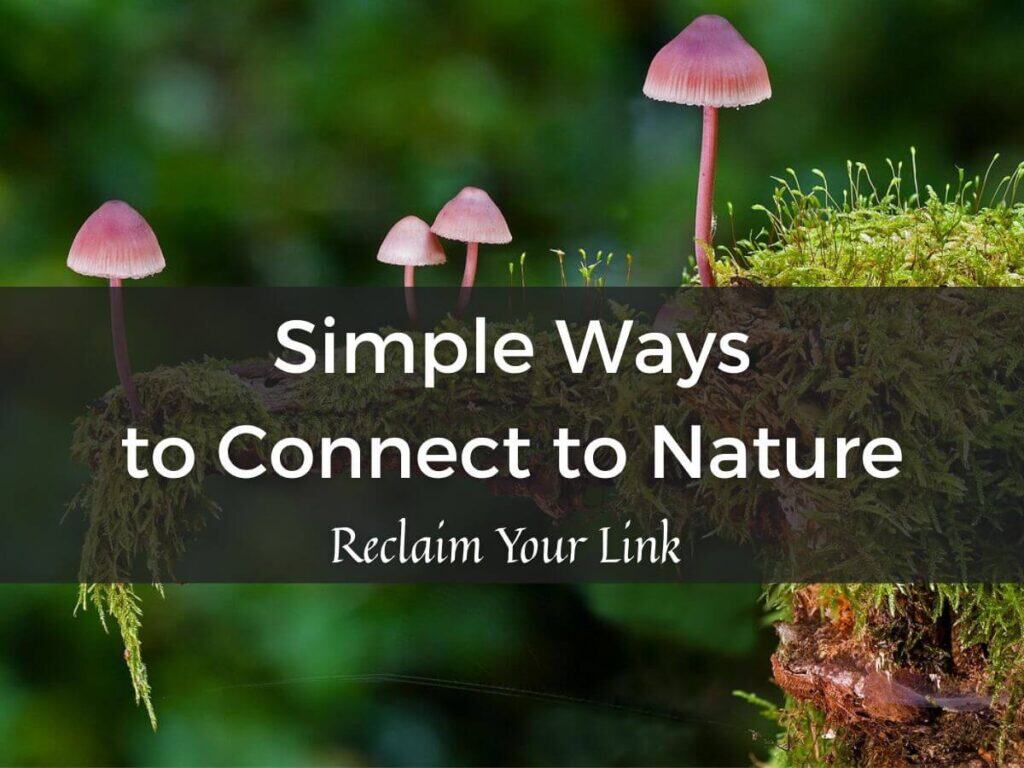Connect to nature.
This is something that gets talked about a lot in spiritual circles.
But what does it really mean?
Is it just spending time outdoors, or is it something more than that?
Many people feel disconnected from nature because of the way we live our modern lives. Technology, urban living, and our shrinking time available for leisure activities have all contributed to this feeling.
However, there are ways to reclaim this connection to nature (and lots of good reasons to do it).
Connecting with nature is so much more than simply a catchphrase.
It’s a way of appreciating the natural world, a way of moving through the world, and a pathway to personal growth and even improved wellness.
In this post, I’ll share ways to build a deeper relationship with the natural world so it can become part of your daily life.
Grab a cup of your favorite beverage and enjoy!
What Does it Mean to Connect to Nature?
While definitions of this term vary, at the core of it all is your emotional, physical, and mental relationship with the natural world.
It’s about feeling a sense of belonging.
Remembering that you are a part of nature, not apart from it.
This awareness happens when you’re surrounded by nature.
Then it organically leads to a healthier outlook and improved quality of life.
Outdoor experiences, mindfulness, and being intentional with how you interact with the natural world are the way to cultivate and maintain connection.
Anywhere in nature can be the place to begin.
Let’s explore the benefits of connecting (or reconnecting) with nature so that you can keep these things in mind as you create your personal plan to reclaim your vital link with nature.
The Benefits of Nature Connection
There are lots of benefits. This is just a few of them:
- Less Stress and Anxiety—Spending time in nature helps lower cortisol levels and promotes relaxation. (Who doesn’t need this one?)
- Better Physical Health— Outdoor activities encourage movement, fresh air, and sunlight exposure, all of which have been proven time and again to be beneficial to our well-being.
- Improves Mental Clarity—Better focus, more creativity, and improved problem-solving skills.
- Increases Emotional Well-Being—Brings a sense of peace and happiness.
- Encourages Mindfulness—Nature naturally slows you down, helping you become more present in the moment.
All of these things create more balance, peace, flow and joy in your everyday life.
In my own journeys of personal healing and transformation, nature has been an important aspect of my success.
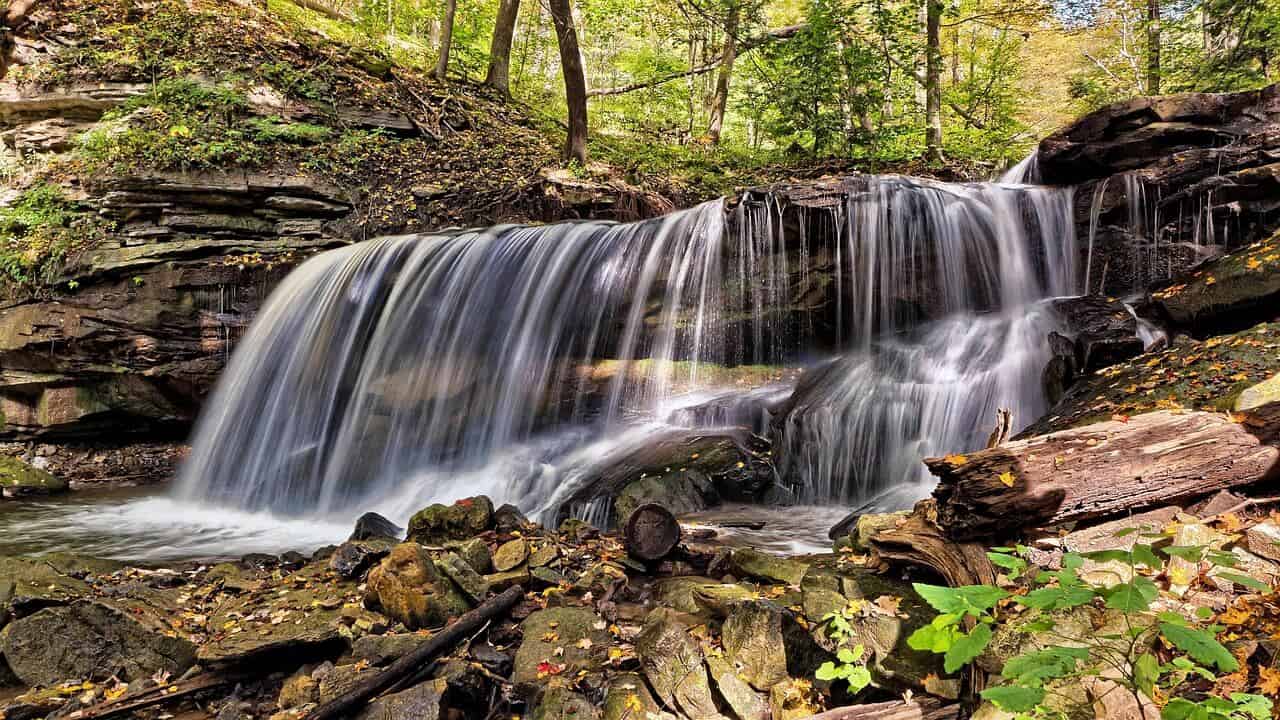
Why is Nature Connection Important?
For many years of my own life, nature was something that just operated in the background, but I didn’t take any notice of it unless my plans were affected by inclement weather.
Sound familiar?
Many people take nature for granted this way.
However, as the benefits highlighted above indicate, nature plays a critical role in our mental and physical well-being, even if we don’t realize it.
Here’s why that’s true: Humans and nature are part of the same thing.
We are a part of nature, not apart from it.
The relationship that humans have with nature has changed over time, creating more separation and distance between us and the natural world’s rhythms.
Our ancestors were much more in tune with these natural cycles of Mother Earth. They used the seasonal changes as timers for everyday life.
The changing seasons helped them understand when it was time to plant seeds, harvest their crops and prepare for the long winter ahead.
We can see this influence today in the names for the full moons and in the Wheel of the Year, where each sabbat is related to what’s happening in the natural world.
How Things Have Changed
Our ancestors relied on nature for their very survival.
From finding food and water to harvesting plants for medicine, early humans lived close to the land and because of this, they developed a deep respect for it.
Indigenous communities often see nature as sacred, treating the land with deep respect.
The shamans believe in maintaining reciprocity with the earth. That simply means we take from it, and we also give back. Their term for this reciprocity is ayni.
Many ancient philosophies, such as Taoism and Buddhism, emphasize living in harmony with the natural world.
Even in Western traditions, writers and thinkers like Henry David Thoreau and John Muir have encouraged people to appreciate the outdoors.
They remind us that nature has always been an essential part of human life and that connecting (or reconnecting) with it can bring valuable insights and benefits.
But, as society became more industrial, the connection that people had with nature waned.
Living in cities, technology and a focus on indoor environments have replaced nature as being central to daily life.
Modern conveniences may help us, but they’ve also resulted in separating us from the natural world.
Reclaiming this connection can help us restore a sense of balance in our lives.
The Science & The Application
The Science
There are scientific studies to show that being in nature has benefits for us that can be measured and that being in nature is a necessity for our overall well-being.
(I think I heard a statistic recently that said there’s more than 35 studies to support this, but I didn’t write it down. However, a quick Google search will turn up lots of results if you’d like to explore this on your own.)
As I mentioned above, research shows benefits like less stress, lower blood pressure, and improved mood.
And, while all of those are good, I think there’s many more benefits that might be harder for science to measure but they’re no less impactful in our everyday lives.
The Application
Anyone who has spent time connecting with nature understands this concept, even if I can’t name it.
(I don’t even know if it has a name, but that’s not what’s important here.)
For me, nature is at the center of my spiritual practices as well as integral to my self-care routines.
Nature provides me with the reset I need to remain calm, focused, and grounded as I go about everyday life. So, in this way, nature becomes my wise guide, sharing ancient wisdom with me that can be applied to my modern way of life.
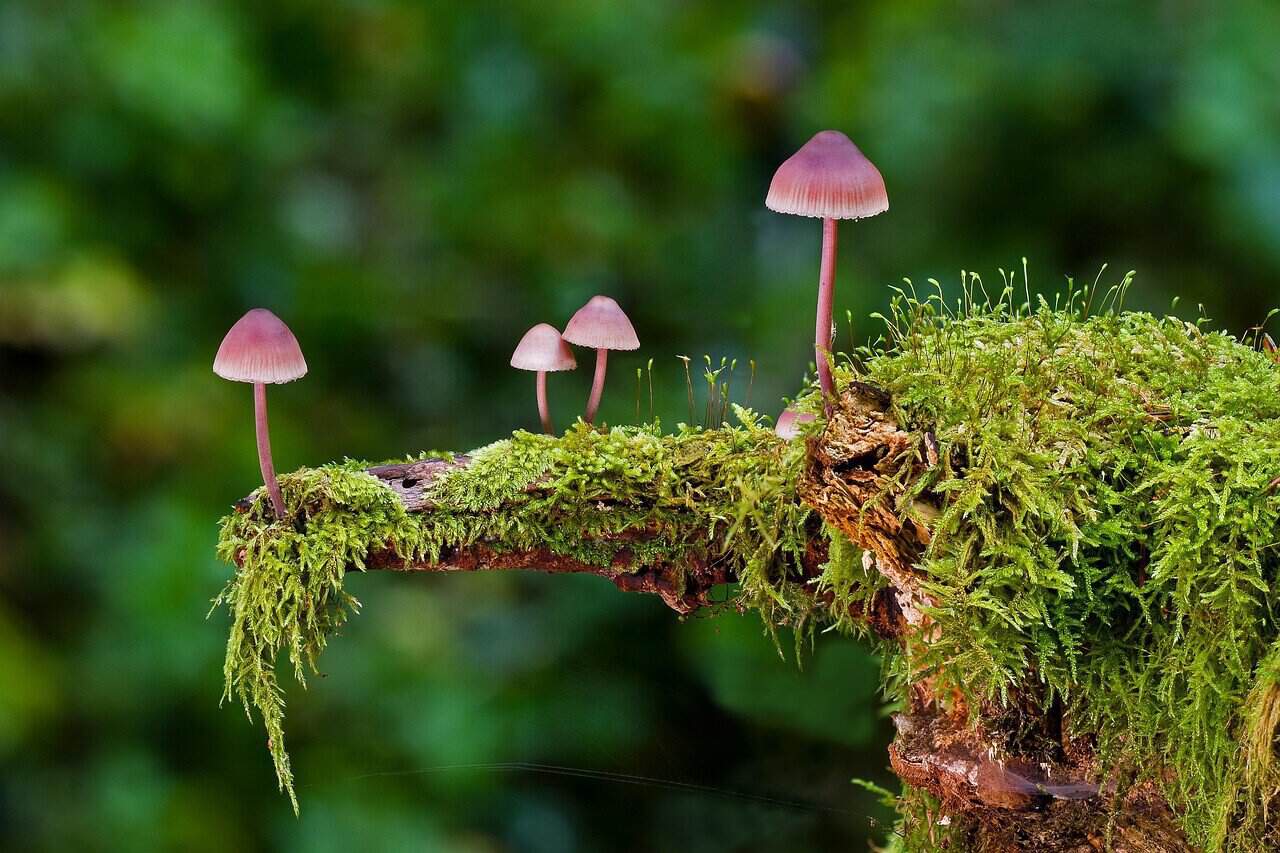
Exploring Nature
Begin exploring nature through green spaces in your local area.
Many cities now offer urban green spaces too, so even if you live in a city center, access to somewhere green is likely to be available.
This serves as a starting point for bringing nature into your daily life.
Parks, gardens, nature trails, and organizations that preserve land for public use can all be opportunities to spend time outdoors enjoying fresh air, local flora and fauna, and taking in the seasonal changes.
Take a walk, sit quietly, or participate in an outdoor activity.
All these options work to cultivate or maintain your connection to Mother Earth.
Experiencing the Wilderness
Wide open spaces with rugged, natural areas offer you a whole different level of connection and appreciation.
Remote areas like untouched forests and mountains allow you to experience nature in a pure form.
Camping, hiking and even sitting quietly by a lake, stream, or river will help you create a deeper appreciation for the complexities of the natural world.
This is something we don’t get to see surrounded by concrete and glass.
The first thing you’re likely to learn as you observe nature is that everything has purpose and value.
Tip: Journaling on this point and exploring the intricate web of the natural world can be a worthwhile exercise as you reclaim your link to Mother Earth and all her beings.
Bringing Nature to Daily Life
What can you do if you live somewhere that doesn’t have access to the outdoors?
You can still bring nature into your daily life by:
- Opening Your Windows – Let in fresh air and natural light to create a more nature-friendly indoor space.
- Grow Houseplants – Caring for plants can help you feel more connected to nature, even indoors. (And many of them have air-cleaning benefits too.)
- Observe the Sky – Take a few moments each day to watch the sunrise, sunset, or stars to build awareness of natural rhythms.
- The Moon Cycles – pay attention to the cycles of the moon. Look for the moon each day and notice the shape, size and position of it. When does it rise or set?
- Special Events – like watching meteor showers, the Aurora Borealis, eclipses or comets can also be ways to bring nature in to your everyday life.
Keeping a journal of what you observe can be a great way to foster your connection with Mother Earth and her beings.
Mindfulness & The Natural World
Mindfulness is an organic part of spending time in nature.
You’ll find it easier to be in the present moment when you’re without the distractions that our regular daily life contains.
When you slooooowwww down and immerse yourself in your surroundings, you become more aware of the sights, sounds, and sensations around you.
This creates inner calm.
Outdoor Meditation
Meditating outdoors engages your senses in a unique way that doesn’t happen when meditating indoors.
- Sit in the grass, listen to the wind, feel the sensations of wind or sun on your skin.
- To get started, find a quiet place where you feel comfortable.
- Close your eyes and focus on your breath.
- If thoughts arise, allow them to pass on through like a train through a station. Gently bring your attention back to the present.
If you find seated meditation difficult, you can also try a moving meditation by walking slowly through a local park or public forest while paying close attention to each step and the sensations beneath your feet.
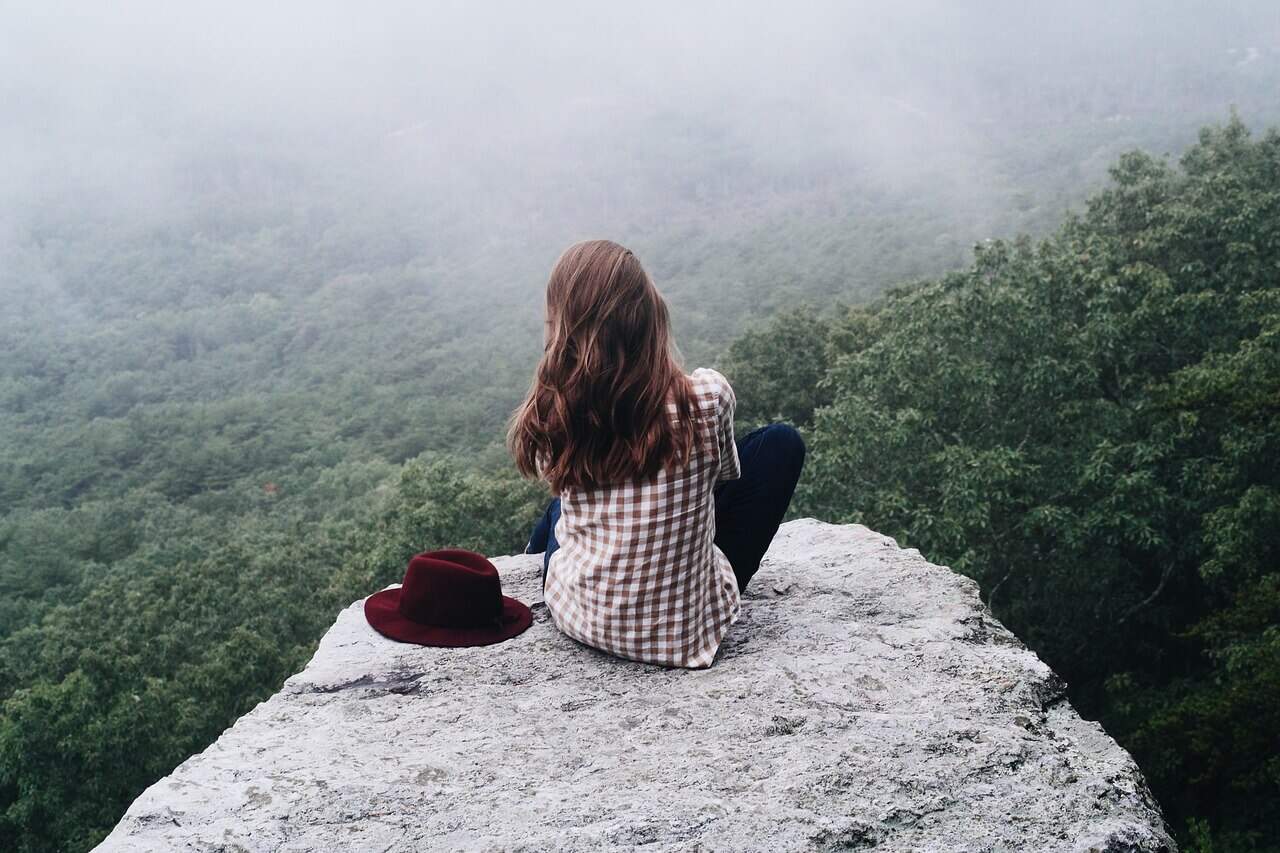
Awareness Through Your Senses
Increasing your awareness of the natural world is a key element in developing your connection to nature.
Being still is a good starting point, but it’s not where the magick happens.
That takes fully engaging your senses when you’re outdoors.
Noticing the colors around you – the leaves, flowers, grass and bushes.
Noticing the texture of the bark of trees, listening to the different bird songs around you.
Feeling the coolness of a gently running stream or morning grass.
Smelling the scents around you. Like the earth after it rains or the air after a storm passes.
These small moments are what help you build your connection to Mother Earth.
The more you engage your senses, observe and are more fully present in the experience, the stronger your connection to nature will become. Keep in mind that it takes time and practice.
Why Should You Try It?
We spend a lot of time rushing.
The natural world does not.
By extension, it has a way of slowing us down and grounding us into the present.
When you’re surrounded by nature, you can release the stress you’re carrying and just be.
This helps you feel more centered, more connected to the world around you and ultimately, more you.
Using Outdoor Activities to Connect to Nature
This might be obvious, but the easiest and surest way to connect to nature is to do things outside.
Whether you prefer something active or relaxed, there’s lots of options available. You’re sure to find something that works for you, your time, budget and energy levels.
Here are a few options to consider:
Hiking
Hiking is one of the best ways to enjoy the outdoors in my opinion. Walking through forests, exploring coastal trails, moving along a lake shore or getting out into the mountains all offer unique opportunities to build (or strengthen) your connection with nature.
No two hikes are ever the same. Even if you’re hiking the same trail.
Along the way you’ll get to see wildlife, breathe in fresh air, feel the sun on your skin and take in the beauty and wonder of natural landscapes.
Even a short walk on a local rail trail will do.
The important thing is to pay attention to the small things you come across.
Notice how the trees sway in the breeze or how the light filters through upper branches of a tree. The more present you are, the more benefits you experience from doing this.
Note: You’ll want to prepare ahead of time if you’re new to hiking to ensure a safe and enjoyable trip. Do some research. Talk to local experts. Understand what gear you’ll need and basic trail safety.
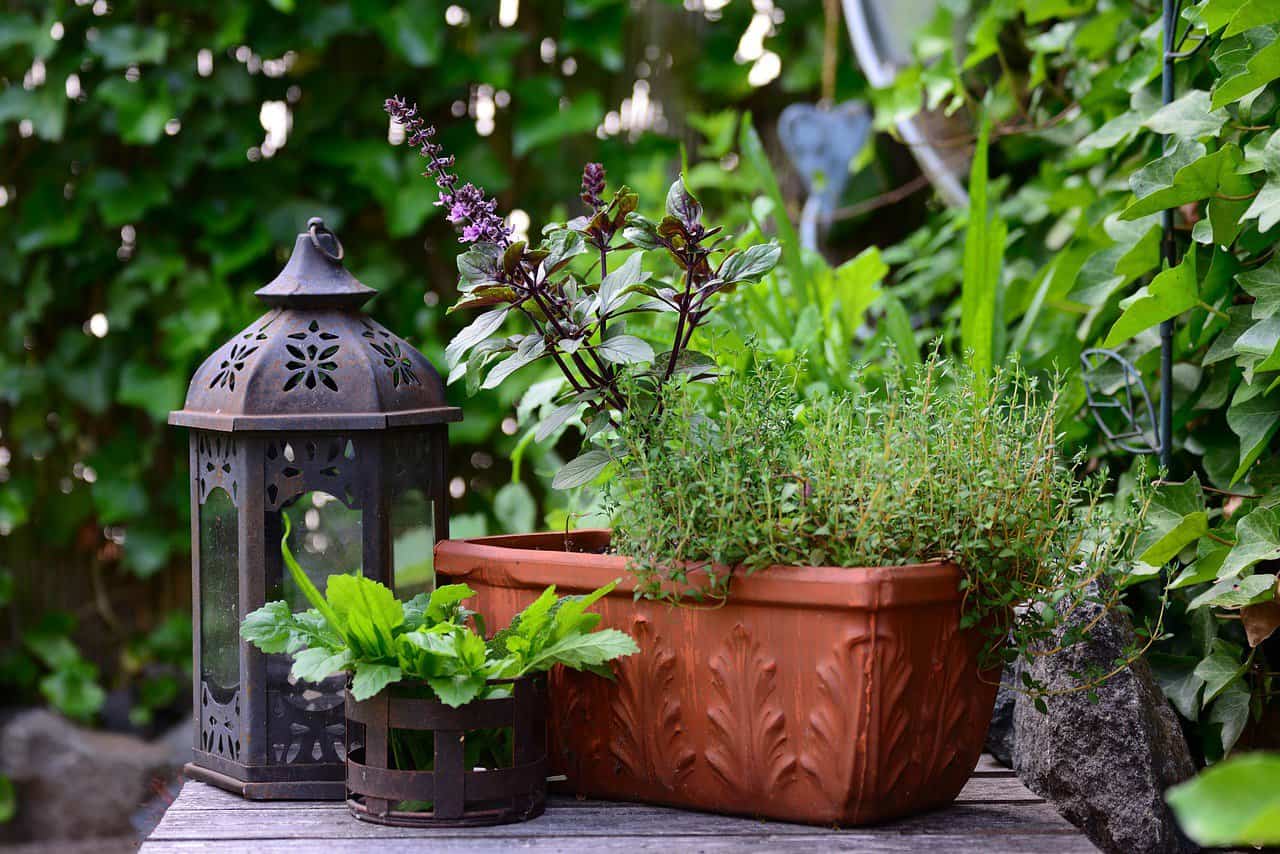
Gardening
Gardening is a direct way to connect with nature.
Whether you choose flowers, vegetables, or herbs, tending to plants creates a sense of connection and responsibility.
If you live in an urban area, community gardens and porch pots offer ways to do this even in small spaces.
Growing your own food or caring for plants helps you develop patience, awareness, and appreciation for the natural cycles of life.
(These are all skills that are useful in all areas of your life.)
Even spending a few minutes each day watering, weeding, or harvesting can bring a sense of calm and a sense of accomplishment.
Another benefit of gardening is fresh food. Knowing where your food comes from and what’s happened to it before you consume it is something that’s invaluable.
For more on eating a cleaner diet, you can read these posts:
Eat a Cleaner Diet to Reduce Chemicals in Your Food
Eat Clean: Simple Tips for Everyday
Watching Birds & Wildlife
Watching wildlife is a favorite activity of mine.
I do it a lot, in every season.
It’s a great way to connect to nature and to feel more connected too.
Birdwatching is easy to do and fun, even if you can’t identify the different birds you see.
Making note of their song, color and habits can be a strong starting point for you.
You can learn the rest later.
Birdwatching also requires patience and close attention.
Those skills are beneficial in many areas of your life and spiritual practice.
Appreciating your local ecosystem is part of developing your connection to nature.
Begin your journey to connect to nature with what’s right outside your door.
Connect to Nature by Fusing Creativity With Nature
Healing creativity is one of the Ravynwood Foundations.
If you’re not acquainted with those yet, they are:
- Journaling
- Meditation
- Self-care
- Reiki
- Gratitude
- Healing Creativity
Each of these things are tools I have personally used in navigating life changes, a dark night of the soul and in healing myself through things that have threatened my balance and well-being.
Each tool is simple to use, portable and for the most part, low cost.
Creating your own nature-based art is something that allows you to experience your local environment in a unique way.
You can take photos, write about it, create artwork from found items like twigs, leaves or acorns or combine these things into something special and unique to you.
There are no rules and you’re free to let your imagination run wild.
Connect to Nature Through Nature Photography
I mentioned that I have relied on the tools that I call the Ravynwood Foundations for my own healing and spiritual journeys.
Nature photography has been one of the ways I’ve healed myself. But it also works for helping you connect to nature and establish a bond with the natural world.
When you photograph nature, you focus on small details that you have probably overlooked before. (like we all do).
But now, you’ll learn to see the world through the eyes of an artist.
You’ll notice how the light hits a flower just so, or the patterns of tree bark or even tiny twists in a vine.
Capturing the beauty of nature through your camera encourages you to look at your surroundings with fresh eyes.
You observe colors, textures and shapes more closely.
You can then translate your images of plants, animals or landscapes into sketches or paintings, which take your creative process further.
Again, there are no rules, and you can let your imagination be your guide.
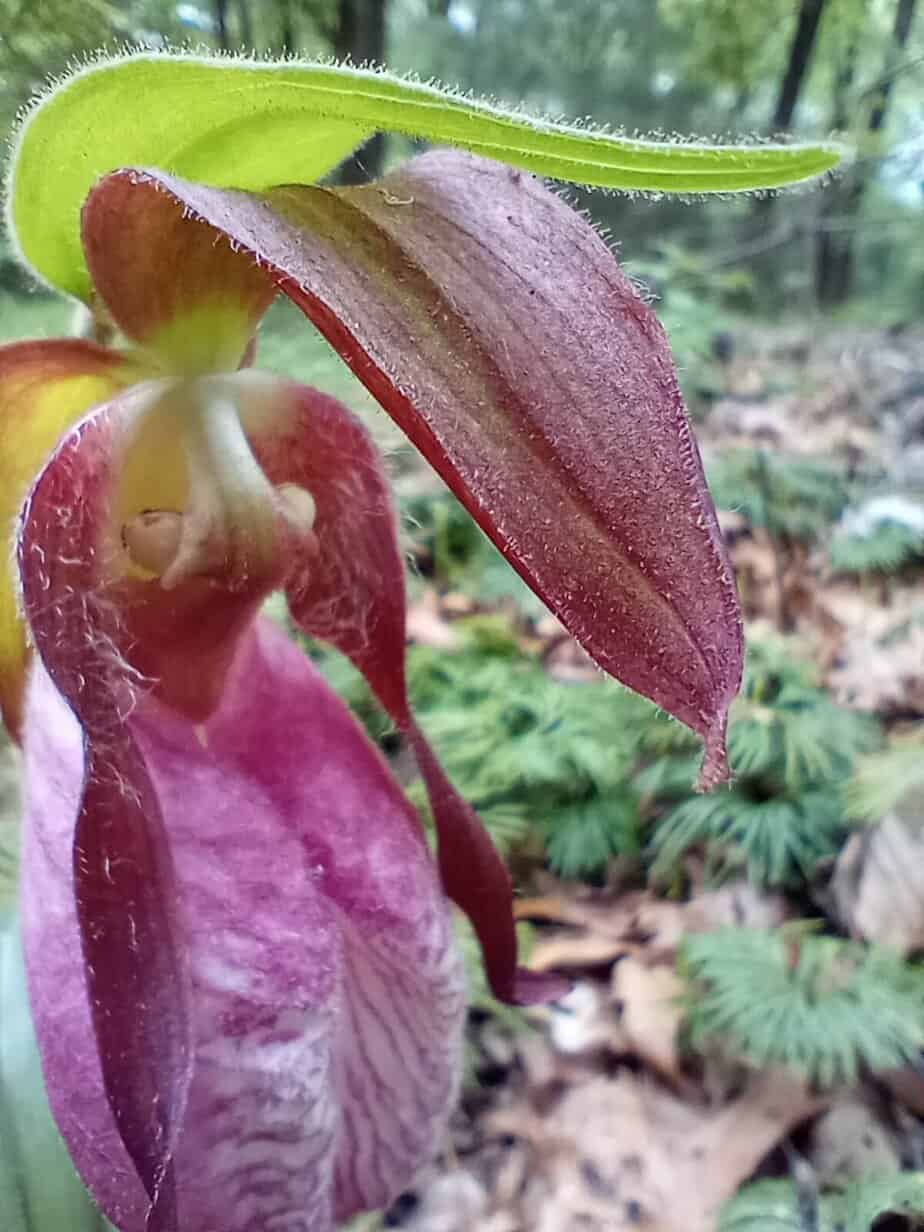
Connect to Nature Through Writing Inspired by the Natural World
Writing is another of my own go-to tools for creating connection, clearing my mind and simplifying the complex experiences of modern life.
A nature journal can be a way to do all of those things plus cultivate your connection to Mother Earth and her beings.
You can use your journal to make simple entries about what you notice, how the environment is changing or new things you’ve encountered.
You can also write poetry about what you observe, reflect on your experiences in nature and describe the sights, sounds and emotions you experienced while outdoors.
This simple practice allows you to slow down, reflect and appreciate nature in a meaningful way.
Tip: Don’t let the critic that lives in your head derail you. Your writing is enough. You are enough. Bring a sense of curiosity to this exercise and let it guide you, while silencing that critic.
Connect to Nature by Crafting With Natural Materials
Creative projects can be both fun and therapeutic.
Working with materials gathered in nature encourages sustainability and appreciation for the environment.
This supports the work you’re doing to connect to nature.
(As long as you’re not damaging anything to collect your materials, of course.)
Here’s some ways to create with natural materials:
- Leaf and Flower Pressing – Preserve leaves and flowers by pressing them in books to use for artwork or decoration. Remember those old heavy dictionaries? They’re perfect for this job and are usually found in thrift stores.
- Rock Painting – Collect smooth stones and paint them with designs, symbols or inspirational words. You can use them as talismans, on your altar or even as gifts.
- Driftwood or Twig Art – Use driftwood, twigs, or branches to create sculptures, frames, or wall hangings. If you have an outdoor space, you might create archways or use grapevine to string outdoor lights on.
- Nature-Based Collages – Arrange dried leaves, flowers, or seeds into creative designs. This one is perfect for all ages, so get your kids or grandkids involved.
Keep in mind that these pieces do not have to be art gallery quality.
These are to help you connect to nature and they also allow you to express yourself in a unique way. Have fun with it.
Connect to Nature Through Simple Rituals
Simple rituals can be just the thing to soothe frayed nerves and reset from the strain of everyday life.
Or check out this course, The Nature Path – A year of sacred rhythm, reflection, and return.
Reconnect to the seasons. Reclaim your energy. Remember who you are.
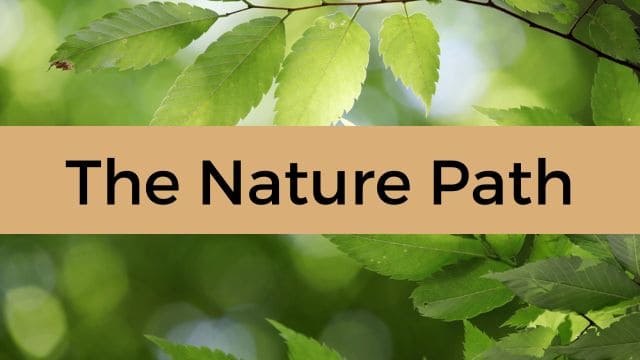
Summary of Simple Ways to Connect to Nature
Connecting with nature is more than just some trendy phrase; it’s a profound and essential relationship that we humans need to cultivate for our overall well-being.
For those of us following a nature-based path, it’s also about our spirituality and personal growth.
It’s about feeling a sense of belonging in the natural world, recognizing that we are part of nature, not separate from it.
This alone brings us a deeper sense of peace.
How you create connection is up to you. Outdoor experiences, mindfulness, observation and creative projects can all restore a sense of balance in our lives as we tap into the vital link between Mother Earth and ourselves.
How will you connect to nature? Please feel free to send a message and share you favorites.
Need some inspiration to connect to nature?
Get 5 Free Nature Rituals – click here

